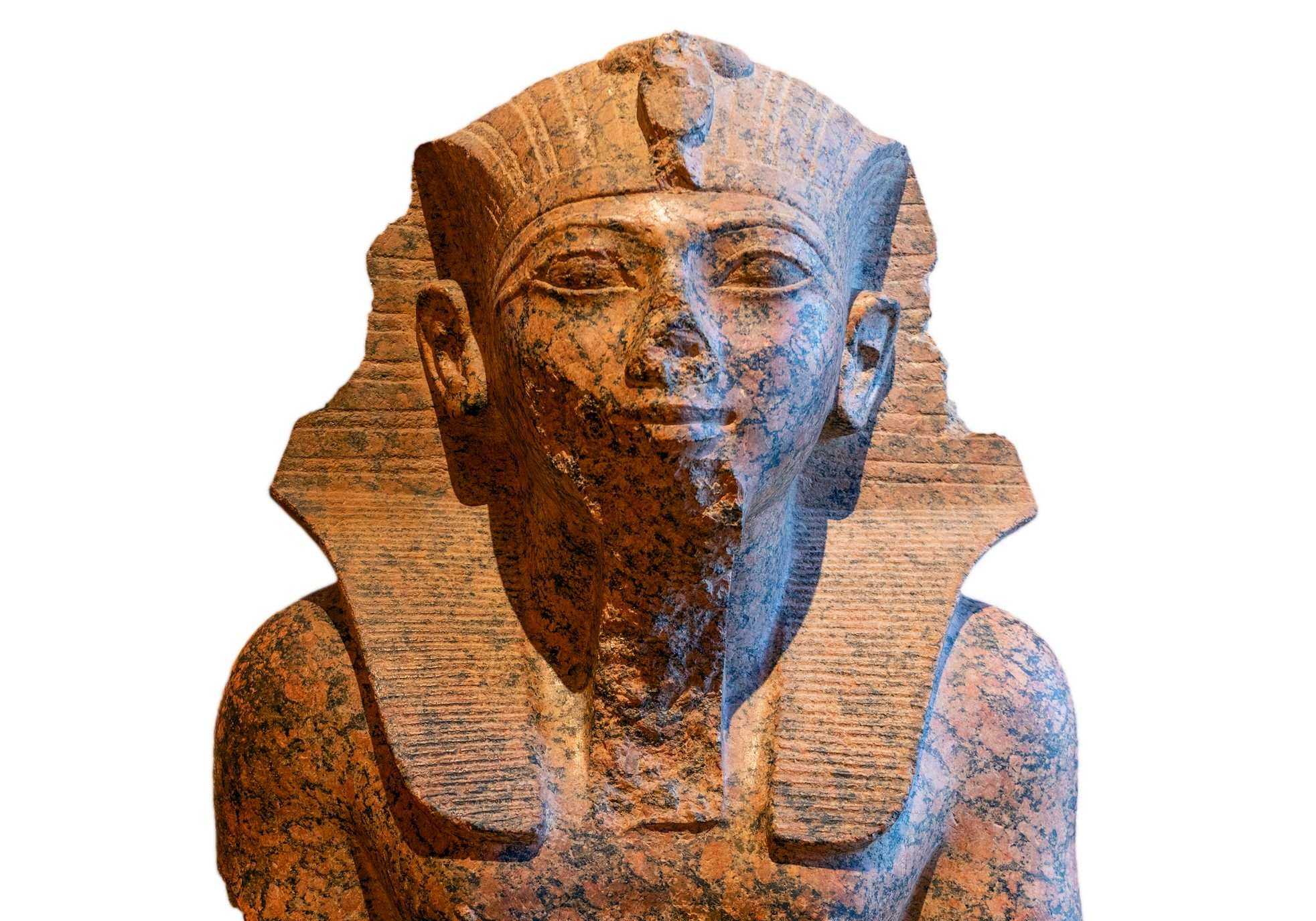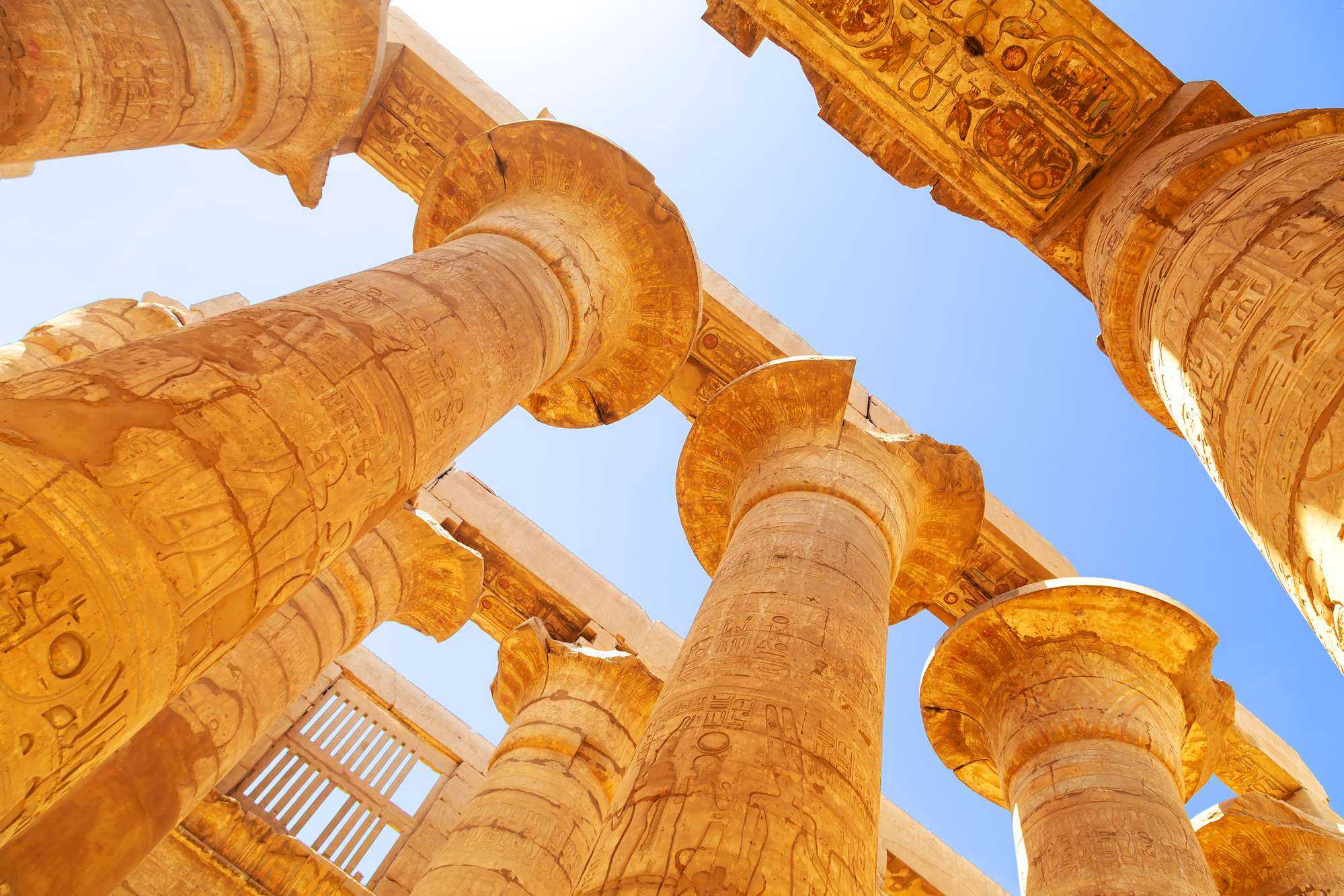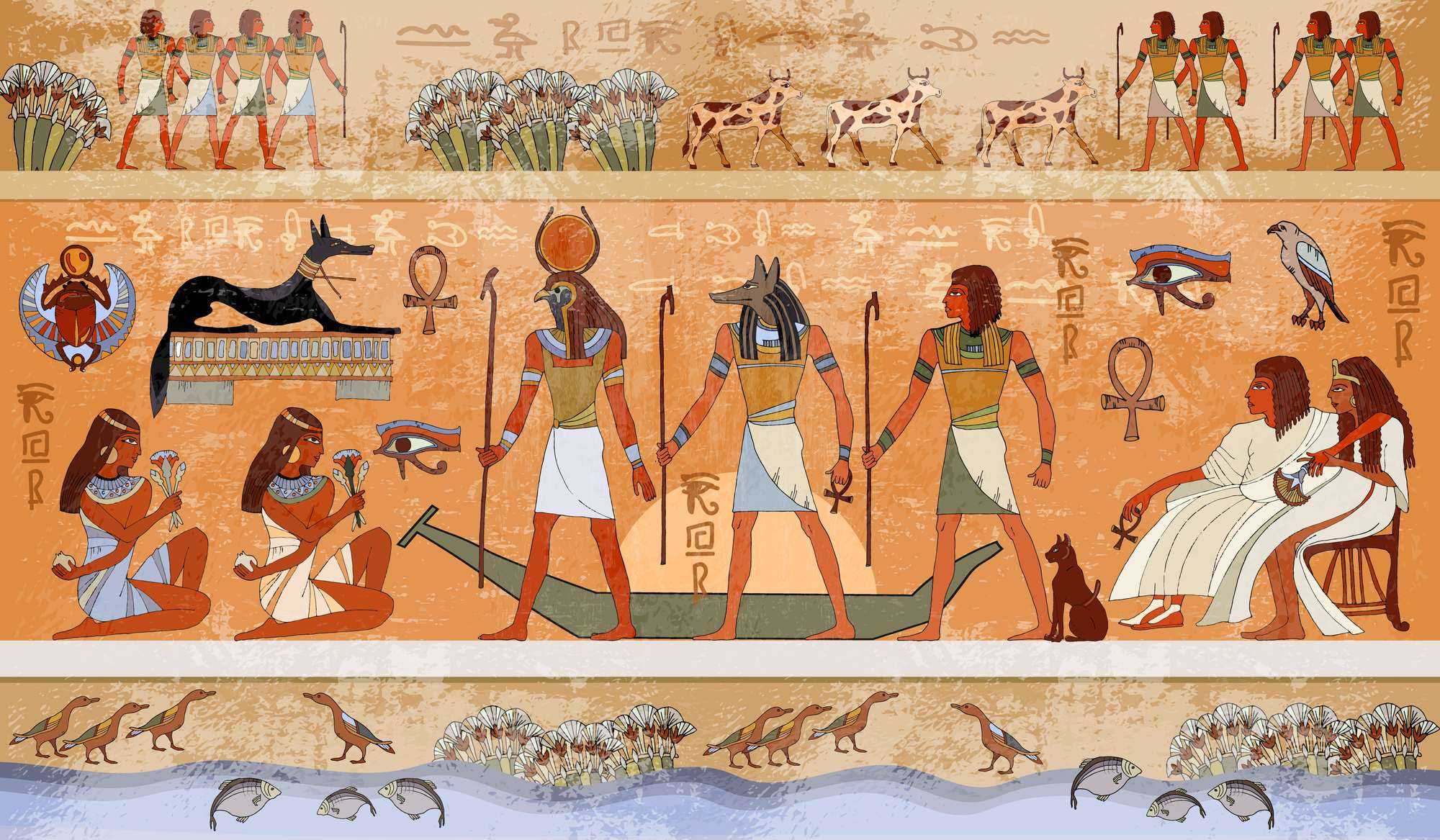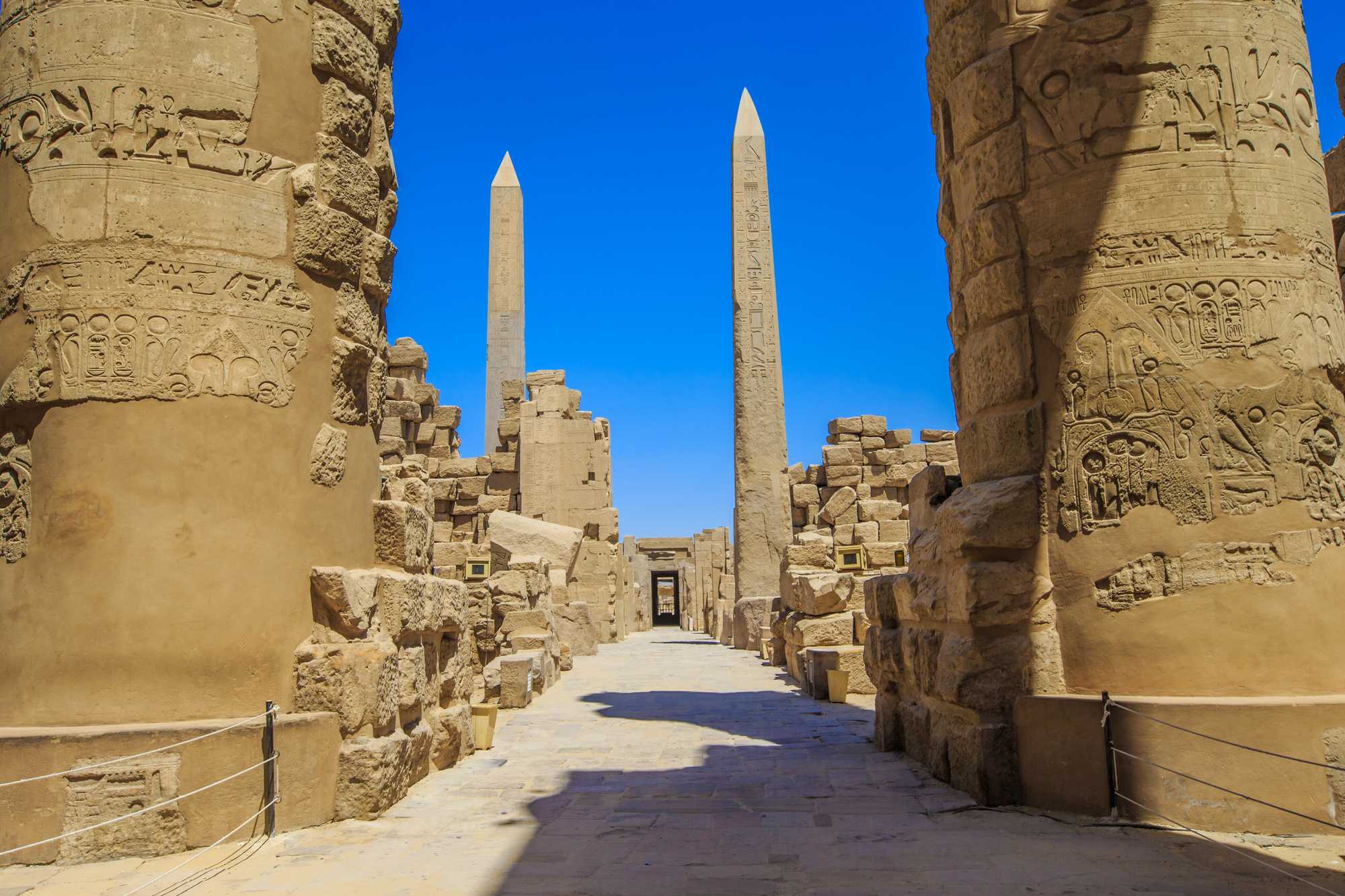African History
Spoken to by the God’s; the reign of Tuthmosis the 4th

African History
Seti the 1st war correspondents etched along the north wall of the Hypostyle hall; more of his great achievements
African History
Tremendous achievements for the 1st year nesew Seti
African History
Why would he be chosen to be the next nesew? Rameses the 1st – 19th Dynasty circa 1292 -1290 BCE
-

 Community News2 weeks ago
Community News2 weeks agoHousing: What are our governments doing?
-

 Community News2 weeks ago
Community News2 weeks agoFor some people, dissociation may be the only way to stay safe; a peek into your mind
-

 Community News2 weeks ago
Community News2 weeks agoSecond LEGUP Symposium: Elevating generational mindset and expanding financial wealth
-

 Community News2 weeks ago
Community News2 weeks agoAre the schools in Ontario being adequately funded? Two sides weigh in!
-

 Community News2 weeks ago
Community News2 weeks agoCanna Crawl is more than just a gathering—it’s an Invitation to experience the magic of the plant
-

 Community News2 weeks ago
Community News2 weeks agoOh, the messed-up choices we make; “Why did I choose door number three!”
-

 Community News2 weeks ago
Community News2 weeks agoHis films were not merely narratives; they were struggles, and triumphs of the African-Caribbean community
-

 Community News2 weeks ago
Community News2 weeks ago2024 Toronto Caribbean Carnival Festival management committee shares, “Look forward to exciting changes!”


























